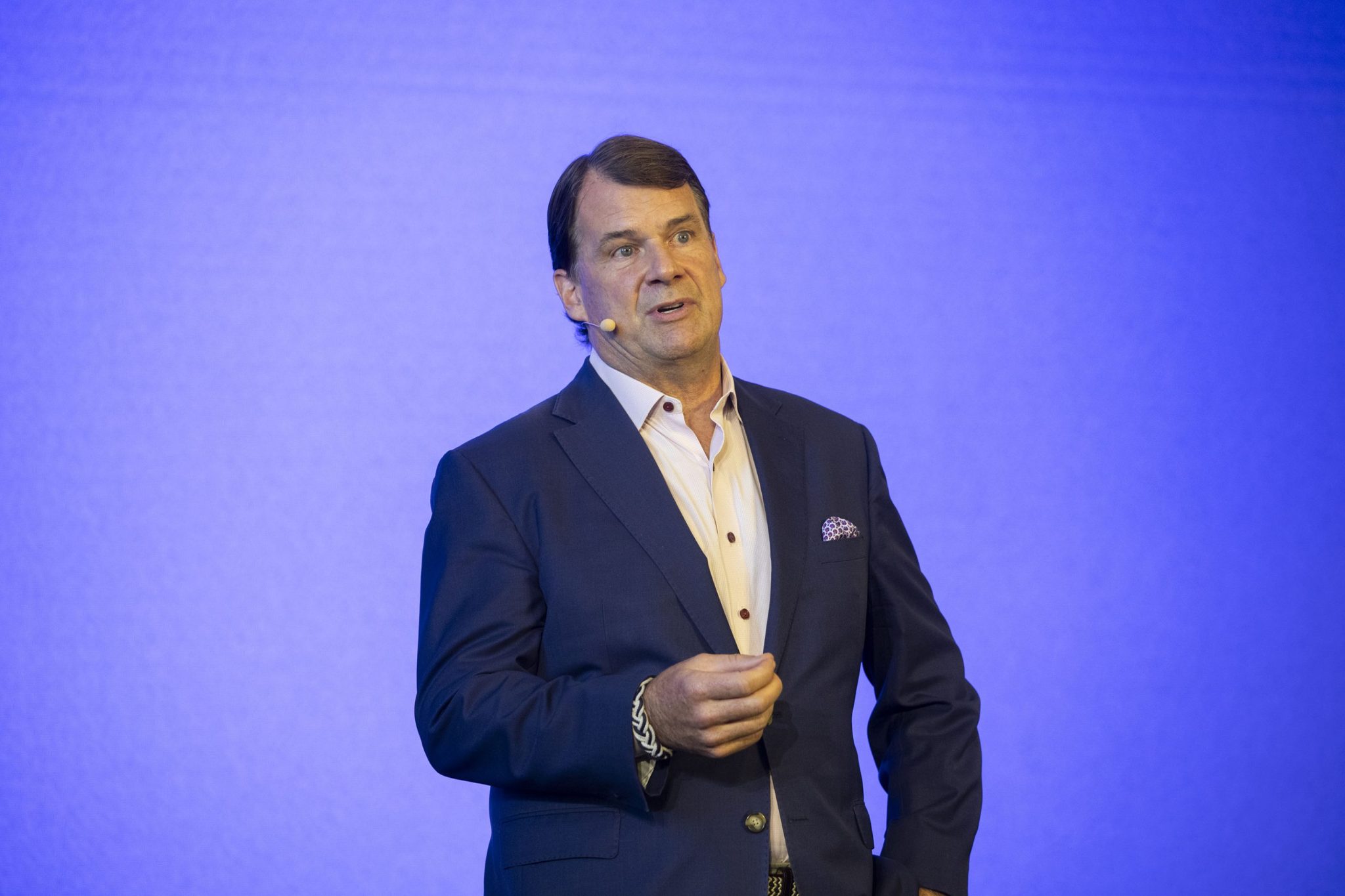
AI has disrupted entry-level white-collar employment, but blue-collar workers are still looking for clues on how the tech will shape the essential economy going forward.
Ford CEO Jim Farley said it’s too early to know just how AI may help or hurt essential workers—those working in sectors like manufacturing, skilled trades, and infrastructure.
“I hope that it will be a help, but it’s hard to say that today,” he said on Bloomberg TV’s Wall Street Week on Friday.
AI investments in data center construction and transmission lines will bring “tailwinds” for the essential economy since the buildout will require support from construction workers, plumbers, electricians, and other blue-collar workers, Farley said.
A recent report from the ALFA Institute found that $100 billion in AI data center investment could create up to half a million jobs in the U.S. over five years, spanning construction, manufacturing, transportation, and real estate.
But on the other hand, Farley said there isn’t a good track record of applying new technologies to make blue-collar workers more productive and pointed to automation as an example.
“Those innovations really took jobs out of the job market and out and out of the essential economy,” he said.
In fact, productivity in the essential economy has gone down over the past 20 years, while white-collar productivity has gone up, according to Farley.
A St. Louis Fed study found that about 4% of blue-collar workers’ hours in a week were spent using AI, which saved them 1% of their work. But for computer and math workers, 11.7% of their hours were spent using AI, saving them 2.5% of their work. For management, 9.7% of their hours worked using AI saved them 2.2%.
And even as data centers may provide a boost in blue-collar work, Farley has previously said there’s a death of workers able to construct AI data centers and operate factories. On Friday, he told Bloomberg that gap is about 1 million workers.
“The irony of the irony is, we have all these data centers, all this new technology to roll out, and still requires electricians, construction workers… and we have this huge shortage,” he said.







